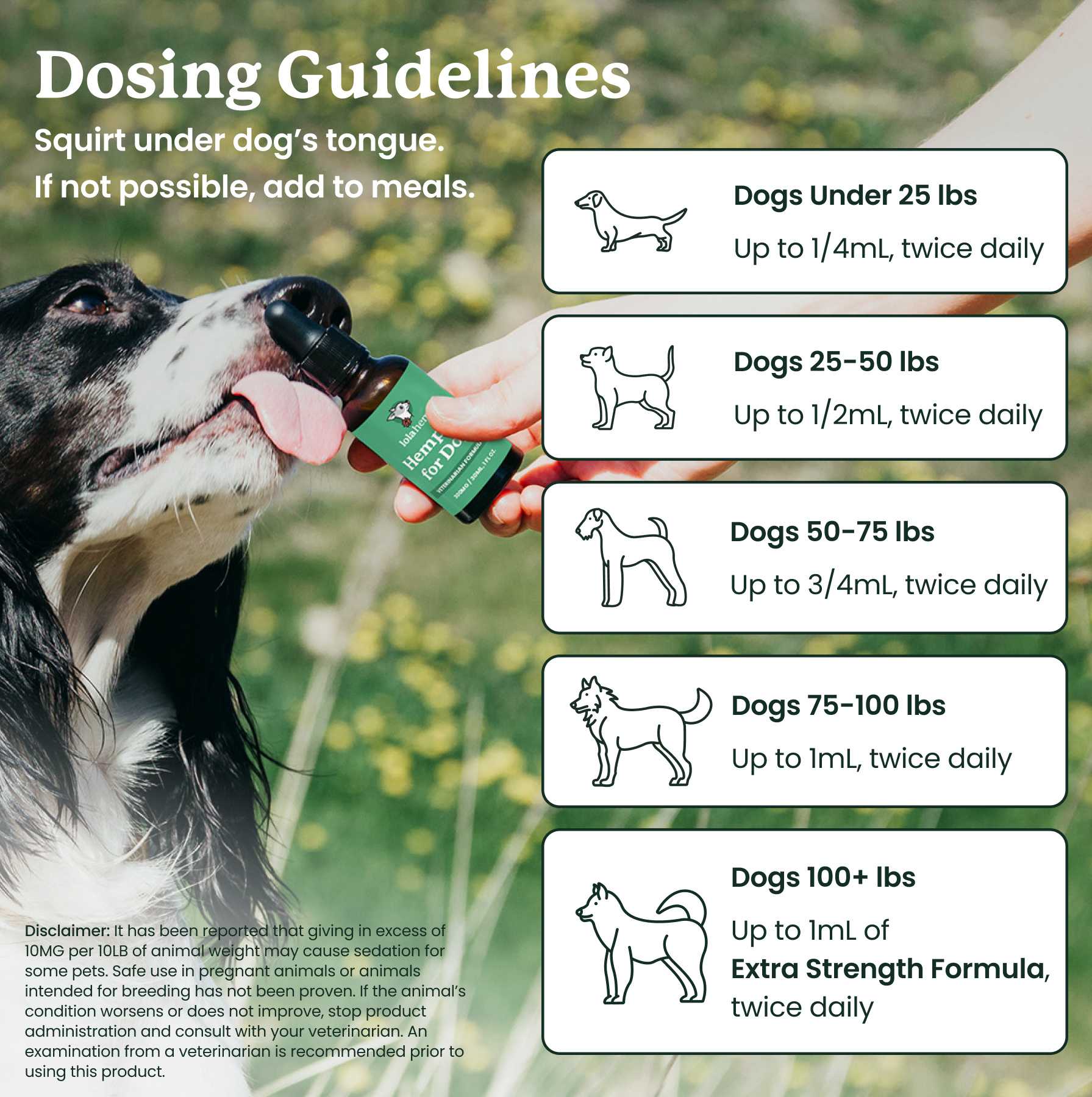It's heart-wrenching to think that your dog could be in pain, but that you might not be able to recognize it. Dogs typically show signs that they're in pain, often due to a hip & joint issue or an underlying internal complication. By understanding the signs of pain in dogs, you can recognize it early and help to relieve their discomfort before it gets worse.
This article covers the key signs of pain in dogs, as well as some potential ways to relieve it. Let's take a look.
The Most Common Indicators of Dog Pain Are Behavioral Changes
If your dog is in pain, they will alter their behavior the majority of the time. Even if they're doing a good job of masking the physical pain, their mood will likely take a toll.
- Aggression: Dogs often get defensively aggressive when they're in pain, particularly when they're being touched. They may snap or growl to avoid painful contact. Learn more about aggression in dogs.
- Restlessness: When restlessness is caused by pain, it's often because the dog can’t find a comfortable position. Anxiety caused by pain can also lead to pacing or frequent movement. Learn more about dog pacing.
- Whining or Vocalizing: Dogs may whine when in pain as a way of communicating distress or directly reacting to discomfort. Sometimes, whining is also a call for comfort from their owner. Learn more about vocal behavior.
- Respiratory or Cardiac Changes: Dogs may pant, breathe heavily, or exhibit a faster heart rate due to pain and stress. The body’s response to discomfort often elevates these rates as a coping mechanism.
- Self-Soothing Actions: Excessive licking, chewing, or grooming can be a dog’s way of coping with pain or irritation. This behavior might also indicate anxiety or localized discomfort.
Physical Symptoms of Pain in Dogs
Physical symptoms are often a sign of more significant pain in dogs. The specific symptom can indicate the location and nature of the pain. Keep in mind, not every limp or posture change signals severe pain—but they always warrant attention.
- Limping: When dogs limp due to pain, it’s often a response to injury or discomfort in their legs, joints, or paws. It may result from arthritis, sprains, or soft tissue injuries. Dogs may avoid putting weight on the affected limb and show reluctance to walk or play.
- Tremors: Tremors or shaking can result from pain, anxiety, or neurological issues. Painful muscle strains or internal injuries often cause localized tremors, while full-body shaking may reflect systemic discomfort or stress.
- Abnormal Gait: Pain can cause dogs to alter their walking pattern to minimize discomfort. Joint issues, muscle strain, or back problems can lead to limping, dragging, or uneven movement.
- Changes in Posture: A hunched back or altered sitting position often indicates discomfort in the abdomen or spine. Dogs may hold their head low or avoid stretching to protect painful areas.
Note from Dr. Randles, D.V.M.: "Limping and altered gait can also arise from injuries and pain in the back (spine, spinal nerves, or intervertebral discs)."
What to Do if Your Dog Is Showing Signs of Pain
If your dog is showing signs of pain, contact your veterinarian as soon as possible. Even subtle signs could indicate a deeper issue. Only a veterinary examination can determine whether the pain is due to injury, inflammation, or an internal condition.
Conclusion
There are many ways dogs show pain—some obvious, others subtle. Behavioral changes like aggression or restlessness, and physical signs like limping or posture shifts, all point to potential discomfort.
If your dog shows signs of pain, don't wait. A veterinarian can identify the cause and recommend safe, effective treatment options to help your dog feel better faster.
Signs of Pain in Dogs: FAQs
How can I tell if my dog is in pain?
Common signs include limping, whining, restlessness, or changes in posture. Some dogs hide pain well, so subtle behavior shifts like irritability or decreased activity can also indicate discomfort.
Can dogs act aggressive when in pain?
Yes. Dogs often growl or snap when touched near a painful area. This behavior is defensive rather than mean—it’s their way of avoiding further discomfort.
Why is my dog suddenly restless at night?
Restlessness can result from pain, especially joint or abdominal discomfort. It may also be caused by anxiety or an underlying medical issue. A veterinary exam can help determine the cause.
Do dogs whine when they’re in pain?
Yes. Whining is a common way dogs express pain or distress. However, not all dogs vocalize when hurt—some may withdraw or become quiet instead.
When should I take my dog to the vet for pain?
If your dog’s behavior changes suddenly or they show ongoing signs of discomfort like limping, trembling, or loss of appetite, contact your vet immediately for evaluation.









